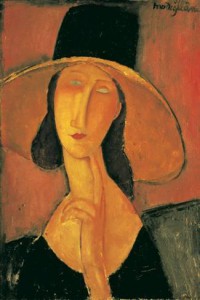
Dystonia
Watch a Video on DBS for Parkinson’s and Dystonia (Global NEWS, April 2, 2018)
(adjust the volume with your mouse at bottom of the video and sorry about the advertisement that precedes the news story)
This information is designed to help patients talk to their physicians about dystonia and is not intended to provide treatment guidelines. Dystonia is a condition characterized by abnormal prolonged muscular contractions in a region of the body. There are many causes including genetic disorders, stroke, or trauma. There is a growing interest in the surgical treatment of dystonia. We have had success with pallidal deep brain stimulation. The young woman in the video is a patient with generalized dystonia before and 3 months after pallidal deep brain stimulation (DBS).
When dystonia effects the entire body it is called ‘Generalized Dystonia’. Generalized dystonia can be classified as either Primary (caused by a genetic mutation) or Secondary (caused by some brain injury such as a stroke). DBS in patients with primary generalized dystonia (e.g. due to the dyt1 gene) typically results in excellent improvements. DBS in patients with secondary generalized dystonia has a much more variable response and depends on many factors which your neurosurgeon can discuss with you.
Segmental dystonia involves part of the body (usually an arm or leg). When it involves one side of the body it is called hemidystonia. Our centre has had variable results in this condition. A number of factors can influence the results of surgery but many patients have excellent improvement in the function of their limbs and enjoy a reduction in the associated pain that can accompany the muscle cramps.
Torticollis or cervical dystonia effects the neck and twists the head to one side. Rare cases can pull the head forward or back. It is often painful and can lead to arthritis in the neck. This condition has been shown by many centres, including ours, to respond well to DBS.
Available Surgeries
The picture below is of a painting by Amedeo Modigliani of a young woman, Jeanne Hebuterne. They both died tragically in 1920 before they were married. Her depiction reminds me of someone with cervical dystonia who is using a geste antagoniste (touching the chin) to try and stop the neck turning.



















































